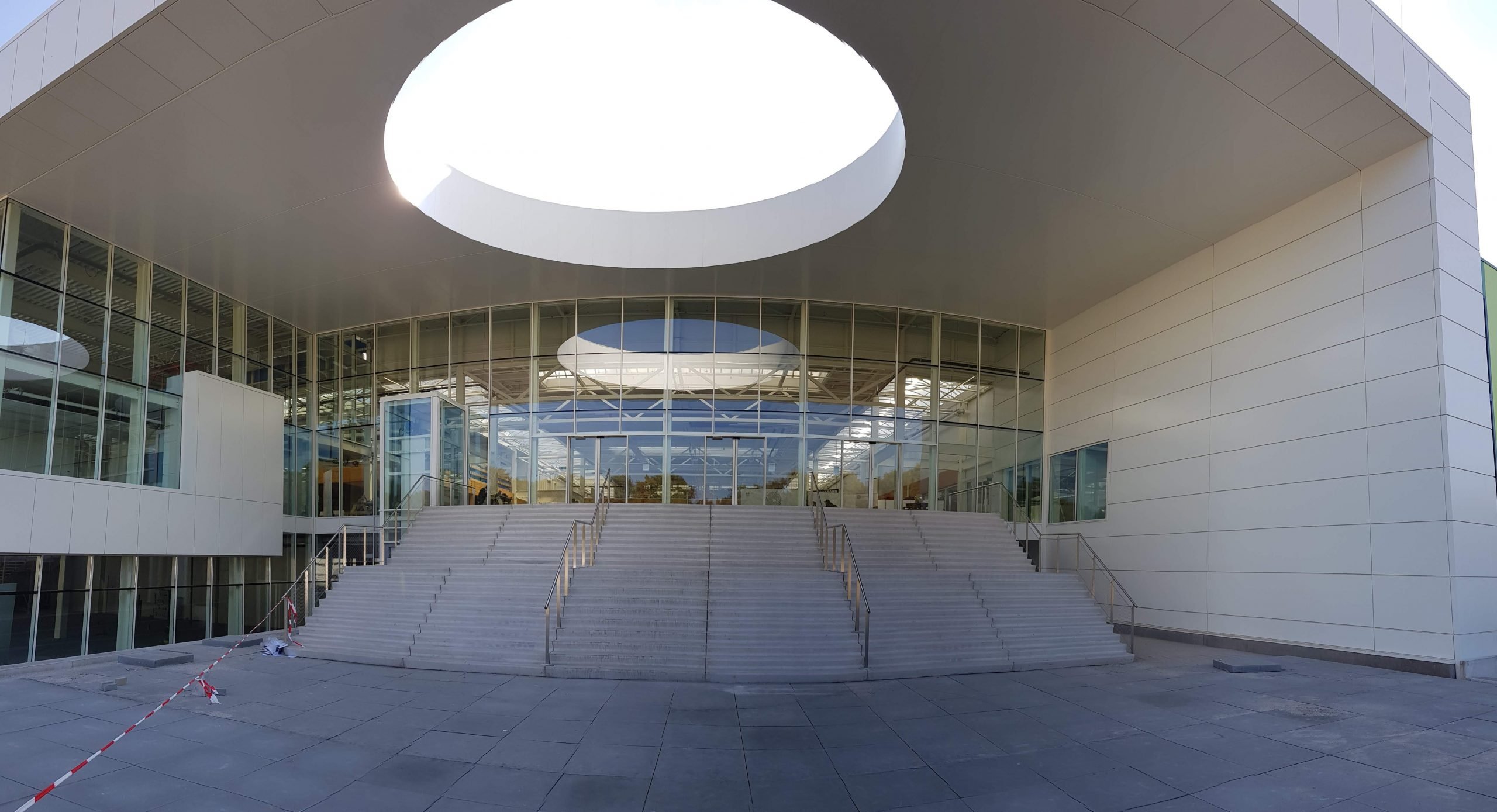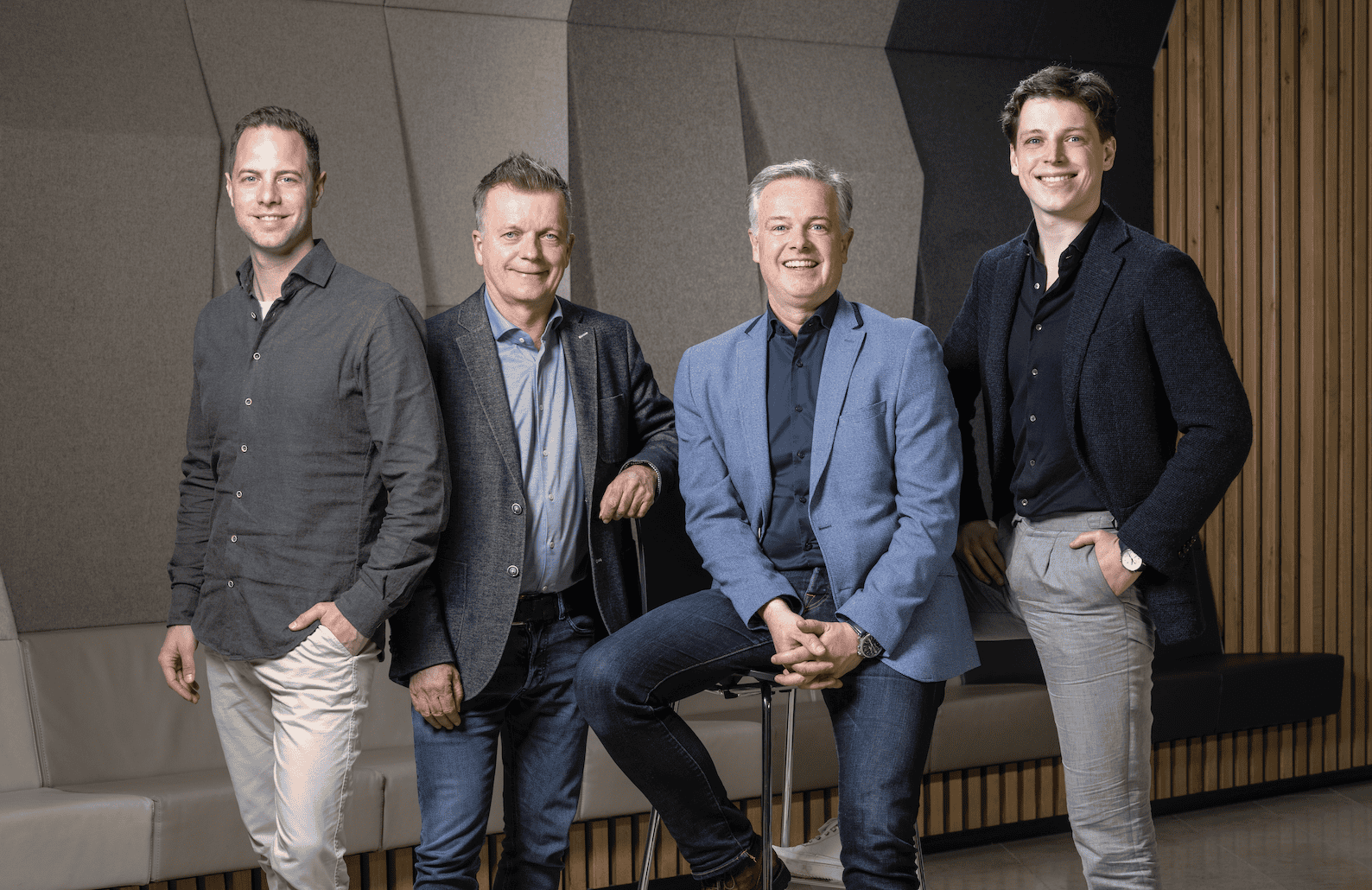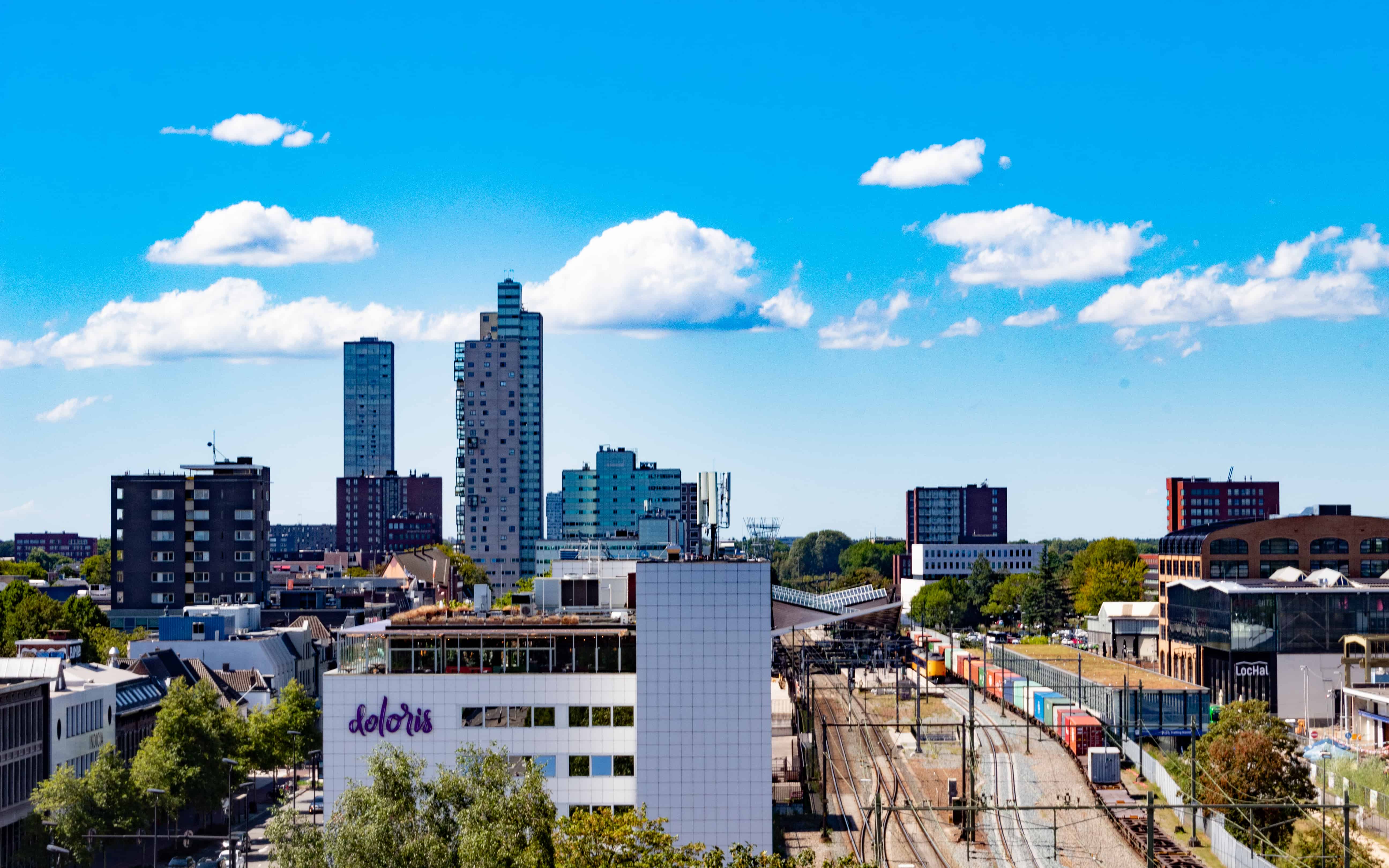
The Brainport region is an important growth engine of the Dutch economy. It is therefore very important, both for the region itself and for the country, to further strengthen this position. The fact that this not only increases the earning capacity but also makes it possible to tackle numerous societal challenges, makes that goal all the more relevant. In a series of 12 articles, Innovation Origins looks at the most striking issues within this endeavor. In this, we are guided by the research report ‘Brainport at the top‘ that Rabobank published in collaboration with Strategy Unit. Today, in the fourth article in this series, we look at the opportunities for scale-ups within the highly valued innovation climate.

If the Brainport region agrees on anything, it is about the innovative character of the ecosystem. The people involved are giving a score of 8.4 for this to themselves and their colleagues. Anyone who wants to build a future around a groundbreaking new technology should therefore feel at home here. But that does not mean that success is guaranteed. A lot also depends on the way the company is organized internally, says Kees de Schipper, sector specialist Industry at Rabobank, and one of the authors of the report Brainport aan de Top.

“It is most important to provide space for entrepreneurship and experimentation within that business organization, preferably at the intersection of different technologies”, De Schipper says. “Especially in these times, the pitfall is to focus on the short term, for example by reacting primarily to the current questions of your customers. It is important to also get away from that. Get out of the box, you really need to set down the goals associated with the long term.”
New blood
The better a scale-up succeeds in this, the greater the chance that it will eventually be able to climb up to the status of Original Equipment Manufacturer, OEM for short. Because no matter how innovative the region may be, there is a need for new blood alongside the well-known OEMs such as ASML, Philips, and DAF. Many high tech companies within Brainport know how to make the step from start-up to scale-up, but to grow from there to OEM, that’s a different story, as it turns out.
Cooperation is indispensable in this, says De Schipper. “A growing company has the most opportunities if partnerships are sought directly. Technology develops so fast that you can never be a specialist in everything. Ultimately, the best new products are created when partners join forces. It is logical that scale-ups are mainly focused on developing the technology. But there is also a big challenge in marketing their product. In addition to technical knowledge, this also requires commercial know-how. Scale-ups, therefore, do well to invest in commercial strength in a timely manner.”
Any way you look at it, scale-ups are the future of the Brainport region, the stakeholders agree. These companies opt for a business model that is relevant to a broad market and suitable for an international rollout. They play an important role in the development of new markets and they help solve the major challenges of our time, such as the energy transition, healthcare and mobility. Not only the companies themselves, but the whole of society has an interest in their success. Too often, however, lack of capital is the cause of faltering growth, as we observed in a former part of this series. There are many budgets available for the development of new ideas, the start-up phase. However, a greater challenge lies in the follow-up phase: how do you ensure that a promising development is scaled up and develops into a professional future-proof company and ultimately a leading OEM?
Optimistic

John Blankendaal knows the dilemma. As managing director of Brainport Industries, he is in direct contact on a daily basis with all those scale-ups and large suppliers that are already so important to Brainport. “I also hear the stories that financing for the growth of established companies and start-ups is going well now, but that it is a bit more difficult for scale-ups. They may indeed be a bit disadvantaged in this respect, but I still think we can be optimistic about this category as well. Such developments take a lot of time, look how long it took ASML to get where they are now. But investors will also be aware that precisely because scale-ups have successfully passed that first phase, the risk for a round of funding decreases. What’s more: money is always available for a good idea.”
When it comes to the ‘next OEM’, Blankendaal sees the promising scale-ups mainly in the sphere of new technologies such as photonics, 3D printing, and hydrogen. Hydrogen in Brainport? “Yes, indeed. But not primarily in the production of hydrogen itself, but much more in the equipment around it. Specific components, electrolyzers, that’s what we are good at in Brainport.”
In 3D printing, Blankendaal points not only to the successful Additive Industries but also to relative newcomer Marketiger (at Brainport Industries Campus) as companies that are taking big steps. Smart Photonics is the example that is repeatedly mentioned around photonics; it is not for nothing that the State recently put millions into this company, in order to prevent it from moving abroad. “But don’t be limited by the borders of Brainport,” warns John Blankendaal. “At Brainport Industries, we don’t think in that kind of restrictions. Technobis, which recently attracted Additive Industries founder Daan Kersten as CEO, is at least as important to us, even though their office is in Alkmaar. Our network stretches deep into Germany. I think you should see the concept of a region on a higher, a European level.”
AI and blockchain

Professor Ger Post of Fontys Hogescholen agrees that new technologies are a key factor in determining the next OEMs. In addition to the sectors mentioned by Blankendaal, he also sees opportunities around Artificial Intelligence (AI), data science, and Blockchain. “Just look at the initiatives that are now becoming visible around TU Eindhoven. Ultimately, something beautiful will come out of them.” Post thinks that the chances of success will increase as logical combinations can be made with the ‘traditional’ Brainport expertise around HTSM, precision engineering, and mechatronics.
Jos van Rooij, Senior Relations Manager at Rabobank Corporate Clients, adds: “Traditionally we have been good at hardware here, but now the software has become an inseparable part of our story. The next ASML cannot exist without a data-driven foundation. That is simply a prerequisite.”
Tomorrow’s earning power
And that brings us back to Kees de Schipper’s core message: be entrepreneurial and start to experiment with a combination of new technologies. And allow yourself to take plenty of time for that as a scale-up. “We have to realize that the potential impact is great, especially for tomorrow’s earning power. Scale-ups and OEMs are at the basis of innovations that strongly contribute to this. And the great thing is, certainly in this region, that many of these innovations touch on our major societal challenges. Technological developments have a direct influence on the major issues of our society, especially when sustainability plays a role. That’s why we insist on a healthy system of financing, certainly for those scale-ups that have the potential to become OEMs.”
Read the other articles published so far in this 12-part series here.








